Roadside Ruin
Canyonlands National Park - Needles District
Distance 0.3 miles
Elevation Gain: 30 feet
This 1/3 mile loop trail will take you to a granary typical of Ancestral Puebloan structures found throughout the park. Since few are in as good condition as this one, however, the name Roadside Ruin is more figurative than accurate.
Around A.D. 950, as population centers in the Mesa Verde region to the southeast grew and expanded, people gradually moved into the Canyonlands area. These ancestral Puebloans were primarily farmers. They settled in locations which provided them with adequate water, arable land, building sites and other necessities of life. One of these locations was the nearby Salt Creek drainage.
Cultivated crops of corn, beans and squash were the main foods for the Indians of the canyons. They supplemented this diet by gathering seeds, roots and fuits in season, hunting deer and bighorn sheep with bow and arrow, and trapping or snaring small animals and birds. Clothing, shelter, domestic utensils and farming tools all had to be obtained from the immediate environment.
Climate change and prolonged regional droughts occurred in the late 1200s. Farming became increasingly difficult, and by the end of the century the ancestral Puebloans had moved southeast into areas with more dependable water sources. Today, their descendants live in the Hopi and Pueblo villages of the Southwest.
The parking area is along the main paved road, shortly after the pay station.
Access:
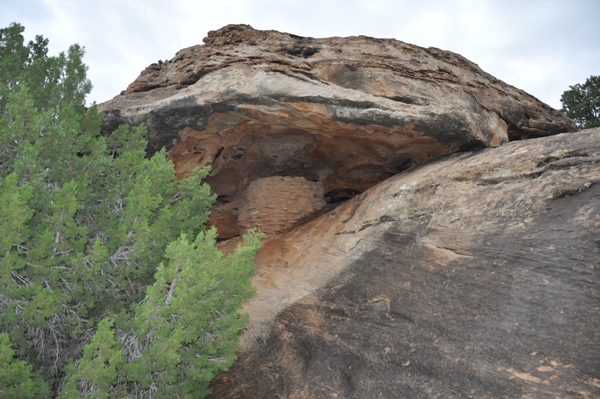
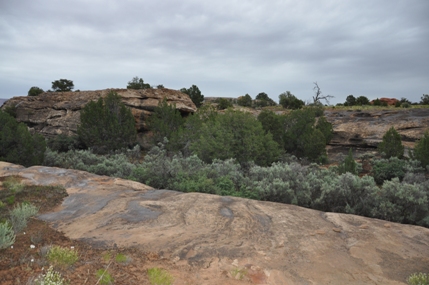
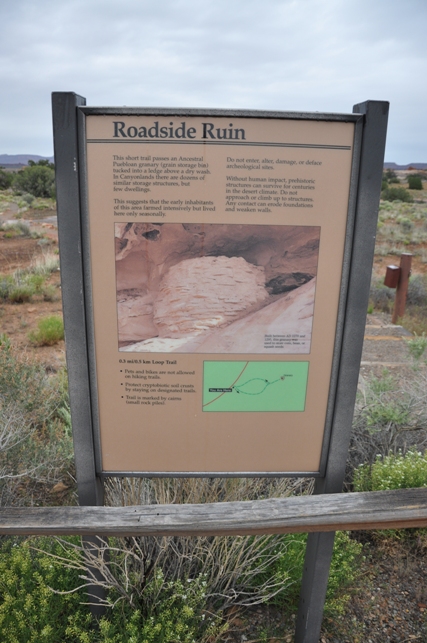
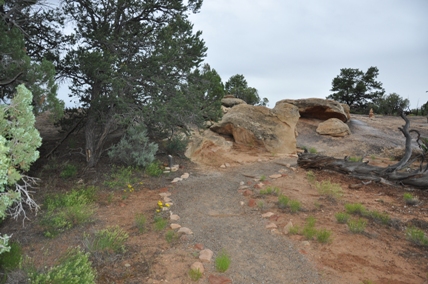
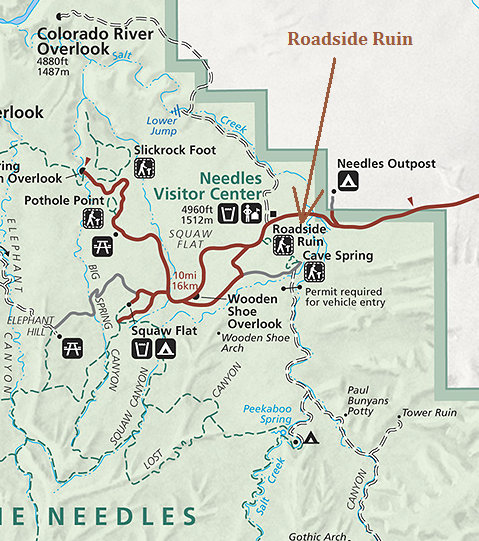
Trail to the Roadside Ruin
Roadside Ruin




